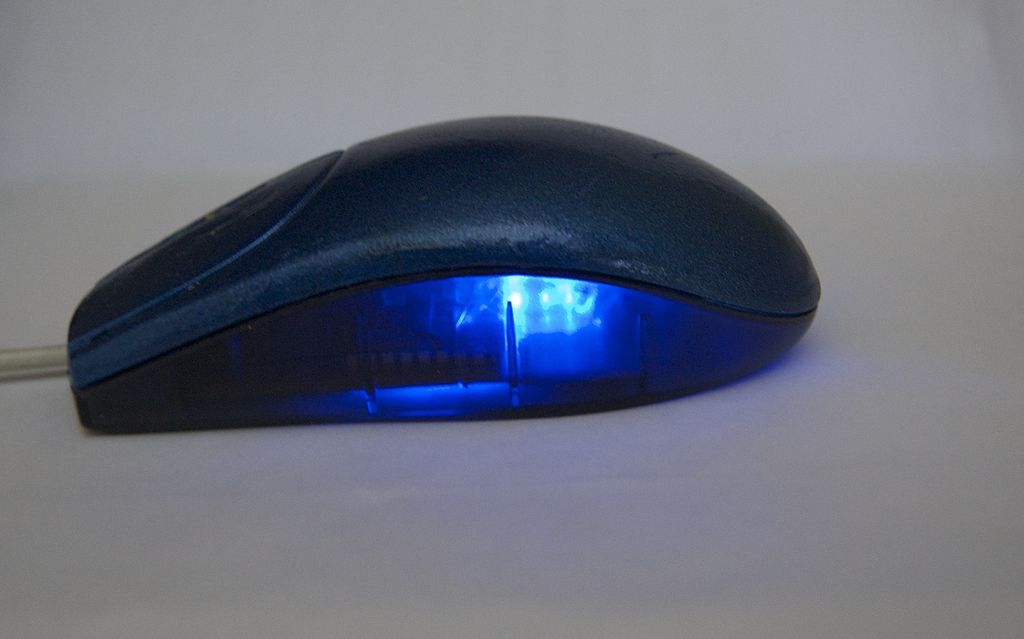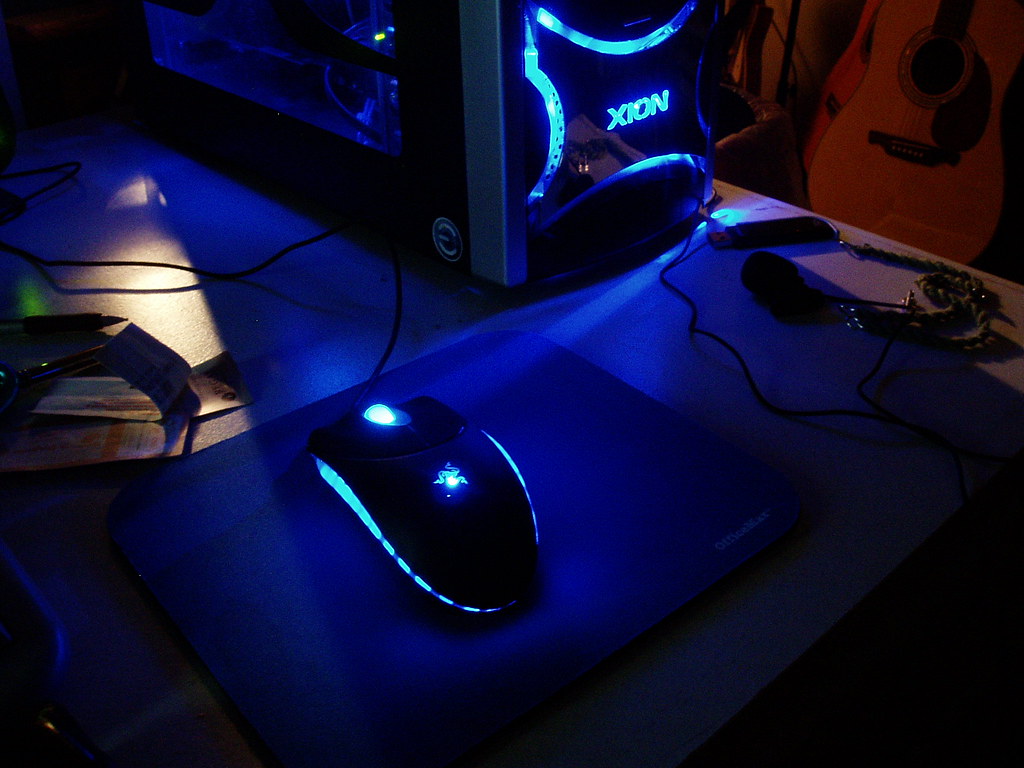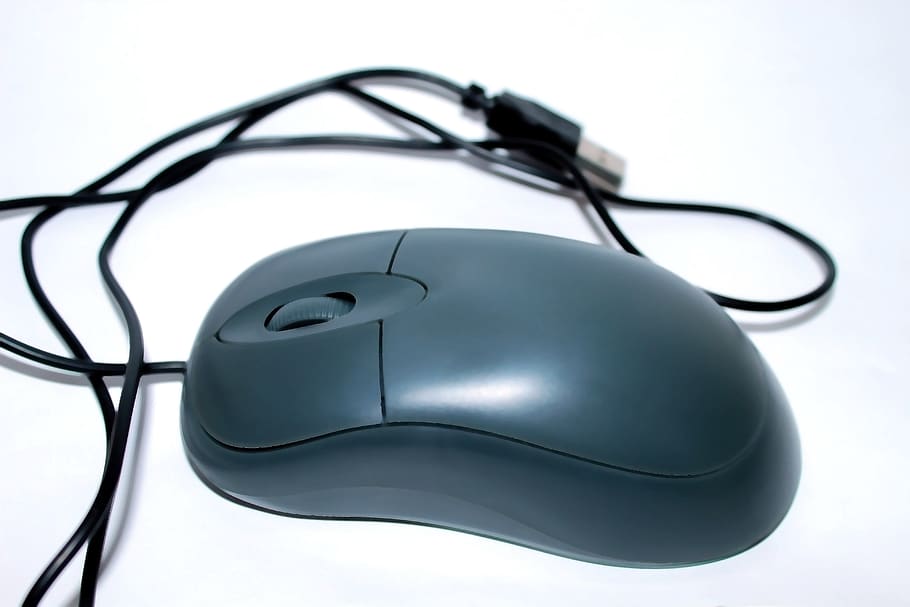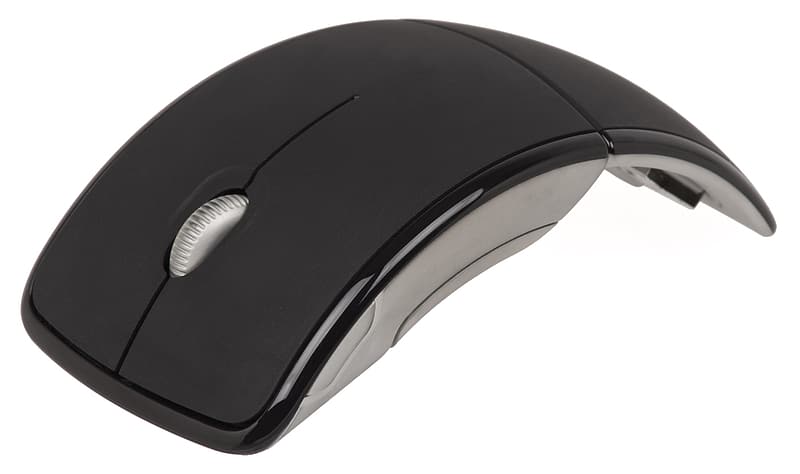Your gaming experience can be drastically influenced by the type of sensor, connectivity, DPI, extra buttons, and even the size and weight of a mouse. So if you’re in it to win it, you need to make sure your peripherals actively support this goal. That is why, in this post, we’ll be covering all things mouse related. Also Read: All You Need To Know Before Your First PC Build
Optical Vs Laser
The first thing you need to decide on before buying a mouse is what type of sensor is best for you. Both optical and laser sensors come with their respective advantages and disadvantages. Optical sensors are the common, popular, and more affordable option. We must emphasize that the difference in price between optical and laser mice isn’t quite what it used to be; the price gap used to be large enough for even a whole keyboard to fit through. Now, we the price difference is negligible margin in most cases. Still, the fact remains that on the whole, Laser mice are a bit more expensive. Another thing that changed over time is the difference in quality between these two sensors. Once upon a time, laser mice were well and truly superior to optical ones. But as technology improved over the years, this distinction of quality was erased entirely. This isn’t to say that there aren’t any differences between how each sensor works. Laser mice still have the benefit of being usable on any and all surfaces, even transparent ones. But the thing about laser mice that makes them sometimes undesirable for gaming is that they are too accurate. They over-analyze the surface which can lead to noticeable jitter during slow mouse movements. Currently, optical mice are more desirable for gaming. They are technically less accurate, but as we’ve seen, this is actually a good thing. Of course, there’s a lot more to be said about these sensors. Also Read: Integrated vs Dedicated Graphics Card: Which One’s Best
Dots Per Inch (DPI)
Next up, you also have to consider the DPI. This is by far the favorite mouse spec for all manufacturers. Why is this? Well, the answer is quite simple really, it’s quantifiable. Manufacturers love it when they can express things in numbers. Most mice have somewhere around 1,600 DPI. But most gaming mice are advertised as having 4,000 DPI. It’s also not hard to find it pretty impressive when you stumble upon a mouse with a DPI of 16,000. You stand there and you think to yourself, this is it, this is the Lord ruler of all mice, all shall tremble before its power and kneel. Yet you wouldn’t get this impression if this spec was a non-numerical one. Right? But what does DPI actually entail? Well, it pretty much just equates to sensitivity. One dot equates to one pixel on the display. The higher the DPI the faster your cursor will fly from one end of the screen to the other, even at just the slightest movement. For regular desktop use, high DPI doesn’t matter whatsoever. However, in gaming, the extra DPI can come in handy. But there is an upper limit here. It’s impressive that we, as a species, have been able to create a mouse with a DPI of 16,000. But that actually impedes gameplay. So how high should you go? Unfortunately, there’s no single right answer here. Also Read: The Updated Guide to Setting Up Google Chromecast
How High DPI?
This has to do with personal preference and the types of games you play the most. But even if the DPI ends up being too high for you, you can always just scale it down. In fact, the ability to adjust the sensitivity with just a single click of a button is one of the main benefits of having a high DPI mouse. If you’re playing a first-person shooter (FPS) game, you can switch to a low sensitivity setting when you’re aiming a sniper rifle. You can then go back to high sensitivity the moment you switch your weapon. Also Read: Fitness Band Buying Guide: 5 Features to Consider
How Low DPI?
As for the minimum DPI a gaming mouse should have, a good rule of thumb is to use your display’s horizontal resolution as an estimate. For example, if you have a 1080p display, a DPI of 2,000 should be enough. Which then scales up to 2,500 DPI for 2K and 4,000 DPI for 4K. As far as DPI goes, these numbers are very common. So you should have no trouble finding one that’s just to your liking. But always remember that a higher DPI does not necessitate higher quality mouse. Hence if you find a very cheap mouse with a ridiculously high DPI, it is still, in all likelihood, not a quality peripheral. A high DPI count just shows you how sensitive the sensor is. It doesn’t correlate to accuracy or reliability in any way. If you want to make sure the mouse you buy is a quality peripheral, just stick to reliable manufacturers. Also Read: Xiaomi Mi Box S: A set-up and Installation guide
Wired Vs Wireless Mouse
Wireless mice are super convenient to have, even if all you’re interested in is eliminating cable clutter. A clean desk surface is a feast for the eyes of many a gamer. Wireless mice offer other perks as well. They’re quite handy to have lying around if you’re looking to pair them with multiple computers. Or if you’re looking to engage with the computer without necessarily having to sit the desk. However, not only are wireless mice more expensive, but their connection also isn’t nearly as stable and lag-free as that of wired mice. Also, there are batteries that always need recharging or replacing at precisely the worst time possible. So if you’re talking gaming, we have to give the edge to wired mice. Yeah, you have to suffer through some cable clutter, but this is nothing a mouse bungee can’t fix. The benefit of a more stable connection on the other hand is just too good to pass up. Additionally, wired mice are cheaper, even if only by a bit. All in all, we wouldn’t advise getting a wireless mouse if all you’re looking to do is eliminate cable clutter. There are other ways to do this that doesn’t impede your gameplay potential. On the other hand, if you’re looking to operate your PC while away from the desk, you can still get a cheap wireless mouse just for this. Also Read: A Guide on Buying Wireless External Hard Drive
Programmable Buttons
Most mice follow a standardized and simple layout. You have the left and right-click buttons, the clickable wheel, and the DPI button. Other times, you will get 2 extra buttons on the side. However, certain mice take this way further with an upward of a dozen extra programmable buttons. These can be mapped out however you see fit. You can assign miscellaneous functions to them, or even a series of functions if the game allows it. Thus, granting you access to execute complex commands at the tip of your thumb. But do you need such a mouse? Well, the answer, once again, boils down to personal preference, just as it did with the DPI. If you’re playing an FPS game, then the benefits are dubious. Hence most gamers would prefer a mouse that isn’t as bulky. But for MOBA and MMO games, these extra buttons can make the difference between victory and defeat. That is because they really do streamline the gameplay in a sense. Sometimes they’re even called MMO and MOBA mice. So it all comes down to what type of games you enjoy the most. The depth of your pocket also plays a role here since these mice generally aren’t cheap. Also Read: Choosing the best Computer Keyboard: Wireless (RF vs Bluetooth) vs Wired USB Keyboard
Size and Weight
Last but not least, you also have to consider the role size and weight plays into all of this. Needless to say, this is an entirely subjective matter. But let’s see if we can shed some light on at least a few recurring trends here. Generally speaking, the size and weight of the mouse aren’t all about ergonomics. This may sound counterintuitive at first but bear with us for a second. For example, large mice generally tend to be more comfortable but they also tend to be heavy. And you’ll likely not want a heavy mouse for fast-paced games where there’s bound to be a lot of mouse movement. Once again, this is a subjective matter. So feel free to disagree. We’re just trying to point out some common trends. There’s also this general consensus that people with larger hands prefer larger mice, and vice versa. At face value, it’s easy to see the intended logic in this, but don’t let anyone tell you what mouse size is best for you. You’re the only one who can know what feels the most comfortable for you personally. Unfortunately, there is not a lot you can do about the size of a gaming mouse once it’s purchased. However, manufacturers have thankfully caught on to the fact that gamers have their own preferences regarding the weight of the mice. This is why many gaming mice now come with removable weights. That way, you can customize them to achieve the best and most personalized feeling in your hand. Also Read: How to Use Your Smartphone as Mouse and Keyboard for Your PC
Summary
To summarize this guide, there isn’t a large technological gap between optical and laser mice. Both of them are fine. But in our opinion, optical mice come out on top just because they don’t over analyze the surface they are on. That makes for a smoother gaming experience. DPI basically boils down to how large a distance your cursor will travel when you move the mouse. Higher DPI is advisable for higher resolutions, but there definitely is such a thing as too high. Wired mice have a more stable connection than wireless ones. So we prefer them for serious gaming. Finally, you just have to follow your gut when it comes to programmable buttons, size, and weight of a mouse. Also Read: Choosing the best Computer Mouse: Wireless (RF vs Bluetooth) vs Wired USB Mouse









